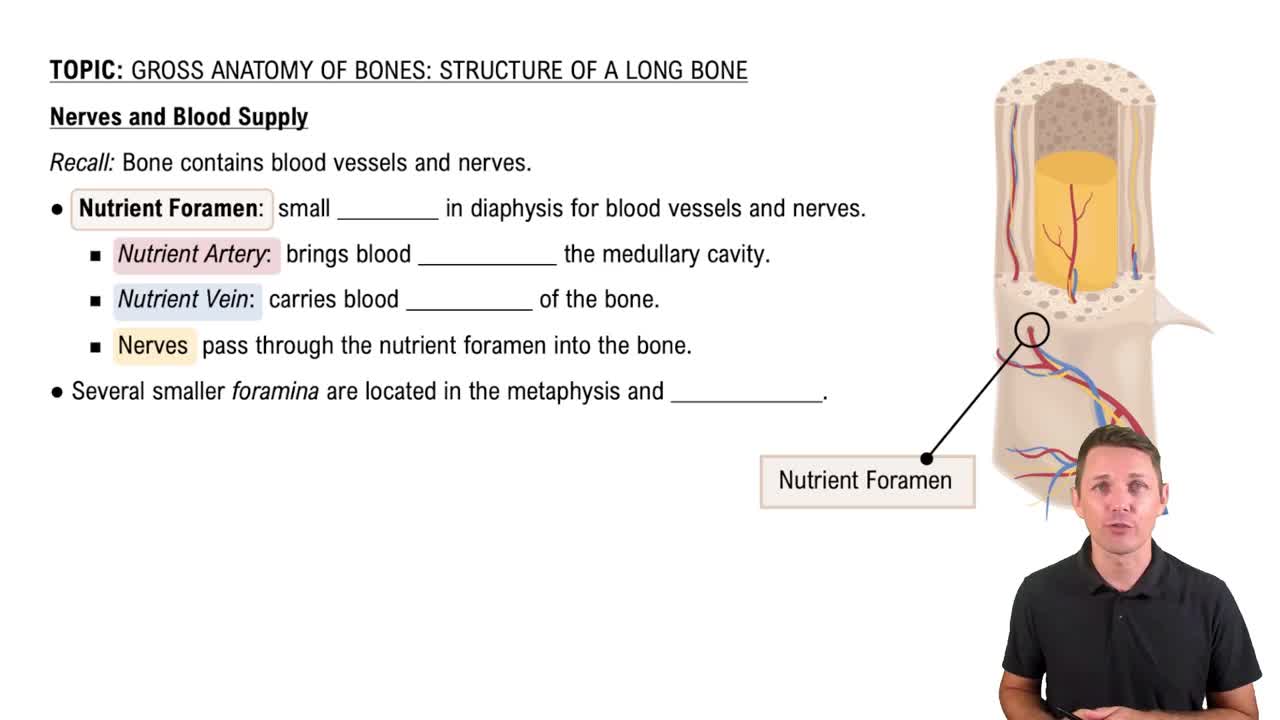Multiple Choice
A graded potential is strongest at the __________:
1573
views
34
rank
 Verified step by step guidance
Verified step by step guidance Verified video answer for a similar problem:
Verified video answer for a similar problem:



 5:55m
5:55mMaster Postsynaptic Potential with a bite sized video explanation from Bruce Bryan
Start learning